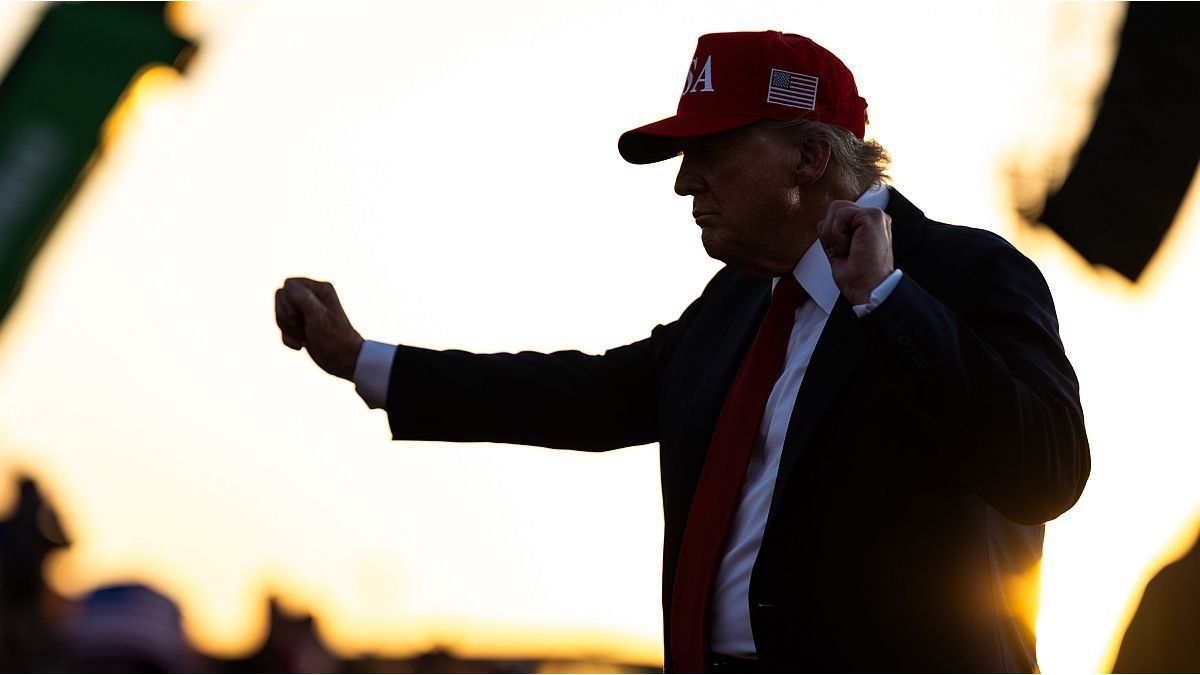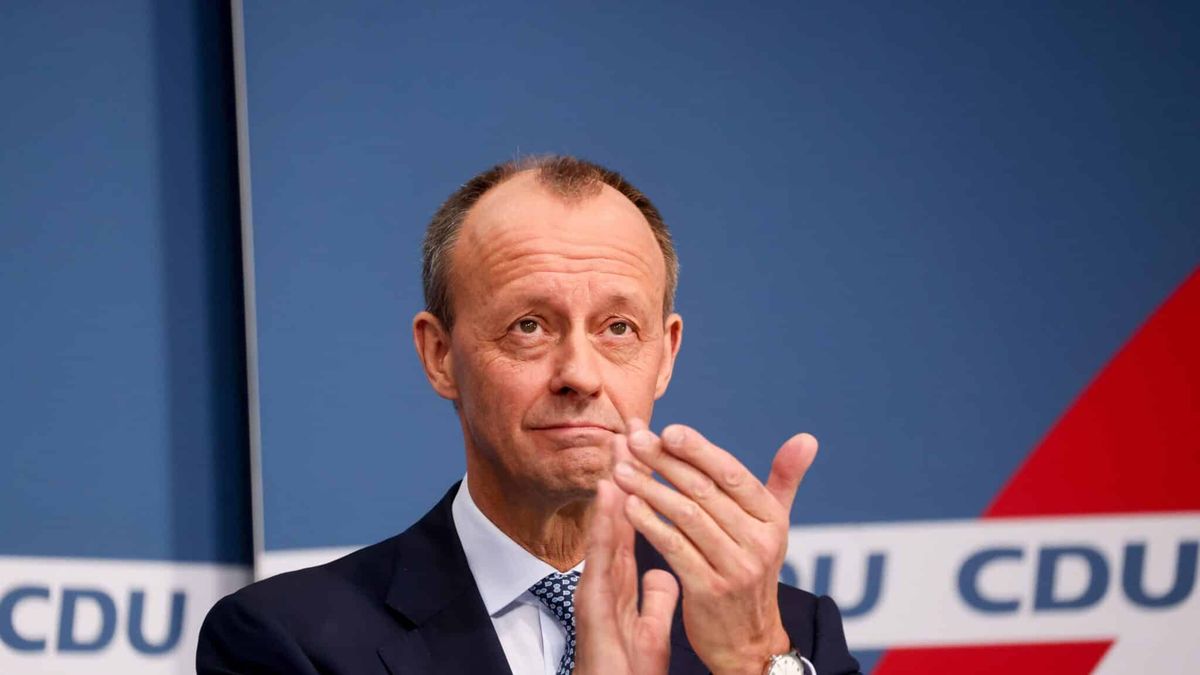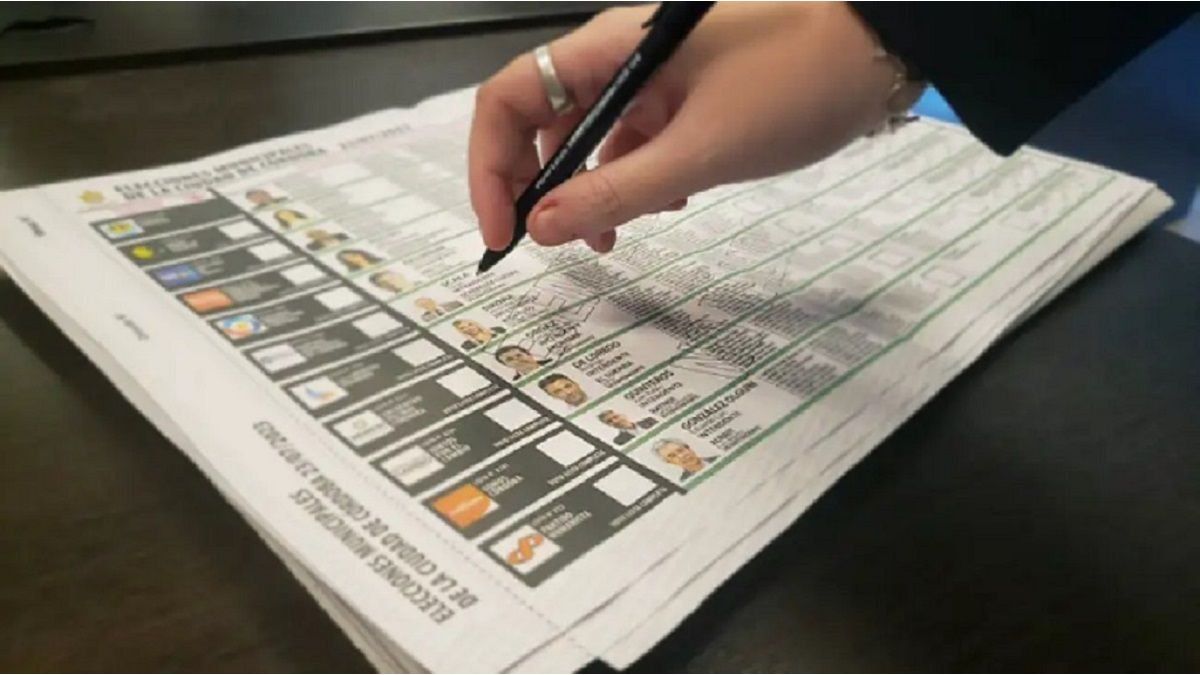This Friday, August 1 is the Deadline self -imposed by the president of the United States, Donald Trumpfor Achieve tariff agreements with your business partners. A few hours after entering into force, the North American Administration confirmed just nine agreements with other statesalthough countries like Argentina expect to achieve an understanding in the next few days. Trump’s decision seeks to reverse the historic North American commercial deficiteven at the expense of its impact on global inflation and trade.
The specialist in International Trade and Teacher of the UADE, Gabriel Torreshe explained to this medium that “Trump is doing is disassemble the structure that the United States had created with the postwar scheme and the famous General Agreement on Trade and Tariff (Gatt) and its derivation in what is now the World Trade Organization (WTO) “.
He explained that Republican administration “understands that in that scheme the United States has been losingespecially in recent times, because They believe they are the only ones who respected that scheme and that the other countries of the world cheated him. “
Similarly, Economist Luis Palma Cané explained to Scope that “Trump’s decision to press with tariffs was for a fairly simple reason: The trade balance has it in deficit many years ago and that compensates with capital entrybut it is evident that it is not sustainable to have such a great deficit in your commercial account. “
According to data from Commerce Department American, the US trade deficit In goods he reached a record figure During the past year: US $ 1,200 million.
The impact on trade and economy
Towers He affirmed that the US president “It is rewriting world trade standards With these figures of reciprocal tariffs, which is not a valid format of agreements in terms of the structure of the WTO. It is being disruptive in every way. “
Consulted by Scopethe Former Secretary of Foreign Trade Marisa Bircherhe explained that “the negotiation style that the United States is raising today is bilateral, He left the traditional scheme“And deepened:” We are talking about a small table, a short document, very specific results and very clear benefits looking for the United States with each partner. “
Cané said “Global trade and activity will fall” consequence of tariffs. Besides, “Imported products are going to be more expensive And they will increase inflationary pressures as a consequence of that increase. “Similarly, Torres said that” beyond inflationary expectation in the United States, some type of deceleration with world trade will definitely exist. “
Bircher emphasized that attention must be paid in “How do you have an internally your market because an economic slowdown is already expected And some slight growth in local inflation, precisely because all these economic fluctuations and tariff rise affect factories and the final consumer. “
Precisely, this Wednesday the PCE price index was known, The preferred indicator by the Federal Reserve To follow the evolution of inflation and define its monetary policy, currently under strong questions of Trump. The indicator showed an annual 2.6% rise in June against 2.3% in May and above the forecast.
Trump USA Tariffs
Trump seeks to reverse a historical commercial deficit.
USA: Did tariffs come to stay?
For Torres “there will be a partial reversal of the commercial deficit of states in the short term with the application of tariffs. However, he stated that “What is difficult to establish is whether this transcends Trump”. Considered that “The international trade scheme needs to be reconfigured But not unilaterallybut with something more consensual, taking into consideration other important players, such as the European Union itself or the Chinese government. “
For his part, Bircher said that “Any president who comes and finds a better trade balance in favor, can hardly go back. And he deepened: “All the benefits that the United States will begin to incorporate to its trade, another American government hardly changed. What can change are forms, but I don’t think the background“
In dialogue with this media, the Vice President of the Coppal, Fracisco Cafierosaid that “the measures that the United States is taking They transform him into an actor who is isolating More and more of the global standards, statutes and institutions that he himself promoted as part of his hegemonic vocation. “From his perspective, we are “Faced with an end of the stage of the hegemony of the West”.
However, he clarified that the US “It is not that a relevant country is stopped one day to day, it is still a very important country, it is the main economy of the worldwhat happens is that it ceased to be the ‘hegemon “In the world that is closer to a definition of fragmented, where there is no unique hegemonic order.”
Tariffs: with which Trump countries already agreed
At the time of writing this note, the US government won tariff agreements with only nine countries: United Kingdom, Vietnam, Japan, Philippines, Indonesia, European Union, South Korea, Pakistan and India. However, the level of agreed encumbrances differs between each country:
- United Kingdom: 10%, identical to the one proposed on April 2.
- Vietnam: 20%, lower than 46%.
- Japan: 15%, lower than 24%.
- Philippines: 19%, higher than 17%.
- Indonesia: 19%, lower than 32%.
- European Union: 15%, higher than 10%.
- South Korea: 15%, lower than 25%.
- Pakistan: It did not transcend, the original was 29%.
- India: 25%, barely better to the original 26%.
Instead, with Brazil An agreement was not reached, although tariffs were imposed, a consequence of US interference in the conviction to Jair Bolsonaro. In this sense, Trump confirmed that from next week the taxes of 50% will enter into force.
For its part, with China A principle of agreement was reached on June 26 that It is still in development. While the US reduced tariffs to Chinese products from 145% to 30%, China dropped its own from 125% to 10%.
In the case of Russia, two weeks ago Trump threatened “secondary” tariffs If there was no high fire in Ukraine over the next 50 days. In this sense, tariffs on countries that trade with Russia could reach 100%, as the Republican implied.
Meanwhile, there are still dozens of countries that failed to make negotiations and face high tariffs, among which are: Kazakhstan, Malaysia and Tunisia with 25% surcharge to its exports; South Africa and Bosnia-Herzegovina (30%); Serbia and Bangladesh (35%); Thailand and Cambodia (36%), and Myanmar and Laos (40%).
Source: Ambito




